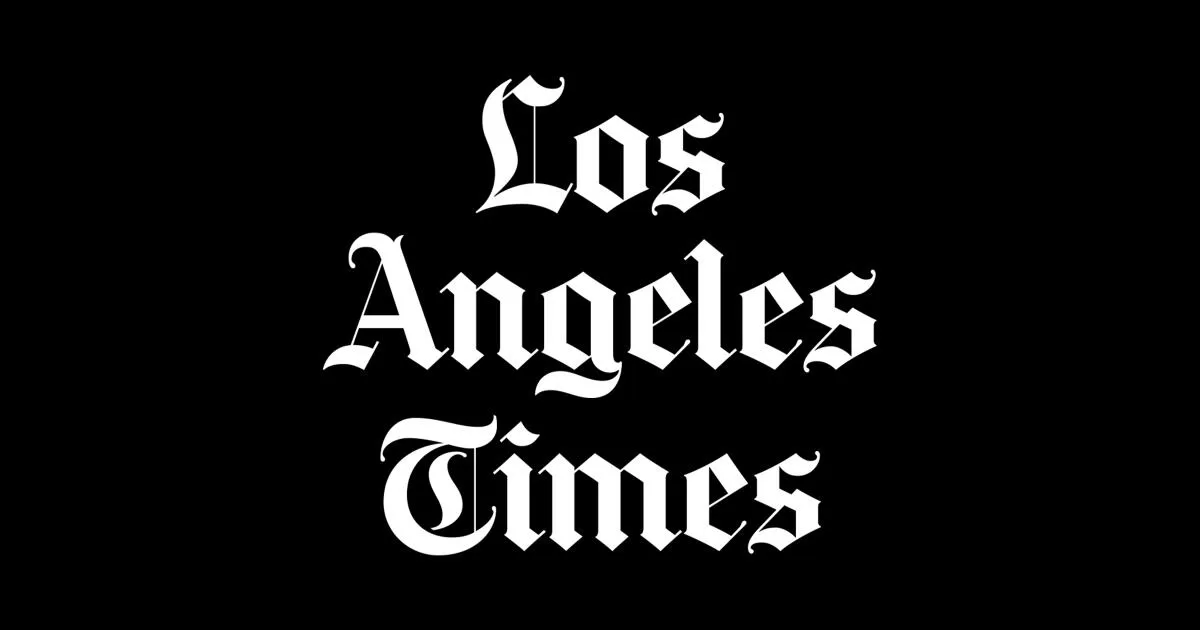Although 43 states showed a growing gap between the richest and poorest families, the report said that California was among eight states that registered the greatest diversity between haves and have-nots–each showing a growth of more than $10,000 a year in the income of the richest 20% of all families and a steady decline in income among the poorest 20%.
California’s growth of $13,919 in the average family income of its richest 20% ranked fourth in the nation, the report said. Virginia was highest with an increase of $21,747, followed by New York ($18,051) and Georgia ($15,151). At the same time, the average family income of the poorest Californians declined by $983, the report said.
“In the vast majority of states, economic growth during the 1980s was not shared evenly among the rich, the poor and the middle class,” the study concluded. “Instead, the wealthy fared substantially better than other income groups.”
The center attributed the widening income gap in most states largely to cutbacks in state and federal unemployment insurance benefits, to reductions in low-income cash assistance programs and to changes in federal and state tax policies that officials said hit most poor and middle-class families harder than rich ones.
The report, the first comprehensive state-by-state examination of income distribution, divided families in each state into five income groups, based on before-tax data compiled by the U.S. Census Bureau.
Besides the growing diversity between the richest and poorest in 43 states, the study said, an increasing gap in income also was apparent in 46 states between upper- and middle-class families.
The poorest fifth of families grew poorer during the 1980s in 32 states, including California, the study showed. Similarly, in California and 23 other states, families in the middle fifth had lower average incomes at the end of the decade than in 1979. The share of all income held by the middle fifth of California families declined slightly, from 17.6% at the beginning of the decade to 16.8% when it ended, the report said.
The liberal think tank sponsoring the study regularly researches government policies and programs that affect low- and moderate-income Americans. But Robert Greenstein, the center’s executive director, said at a news briefing that there had been no attempt to boost the fortunes of Democratic presidential nominee Bill Clinton over President Bush.
Greenstein noted that the report included statistics from states headed by Republican and Democratic governors and legislatures controlled by either party. Nonetheless, the report could provide new ammunition for Clinton, who has proposed a tax increase on the wealthiest 2% of Americans.
Bush, on the other hand, told a nationwide television audience in his convention speech last week that he would seek an across-the-board tax cut. He has provided no details.
The White House generally has challenged academicians who have concluded that economic policies of the Ronald Reagan Administration were harmful to the nation. Presidential Press Secretary Marlin Fitzwater has said that any number of conclusions can be drawn from data available from the 1980s.
Describing the effect of federal and state cutbacks in aid to the poor, the report said that “the proportion of the unemployed receiving unemployment insurance fell to the lowest level ever recorded” in the late 1980s.
“These reductions in unemployment insurance affected both middle-income and low-income workers,” it said. “In addition, in the typical state, benefits provided to poor families under the Aid to Families With Dependent Children program have fallen 43% in purchasing power since 1970 for a family of three with no other income.
The Growing Income Gap
Here are the eight states in which the average income of the top fifth of the population rose more than $10,000 per family while the average income of the bottom fifth dropped:
Change in income Change in income of top fifth of bottom fifth Arizona $12,750 $-1,218 California 13,919 -983 Georgia 15,151 -564 Louisiana 11,514 -2,789 New York 18,051 -1,068 Rhode Island 13,847 -13 Tennessee 10,277 -382 Virginia 21,747 -1,813
SOURCE: Center on Budget and Policy Priorities
